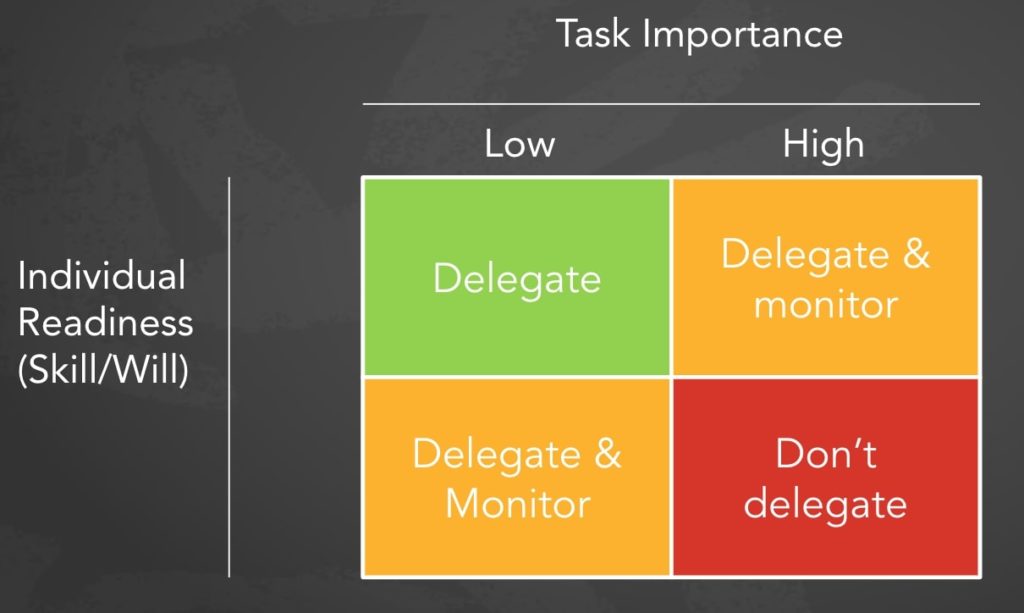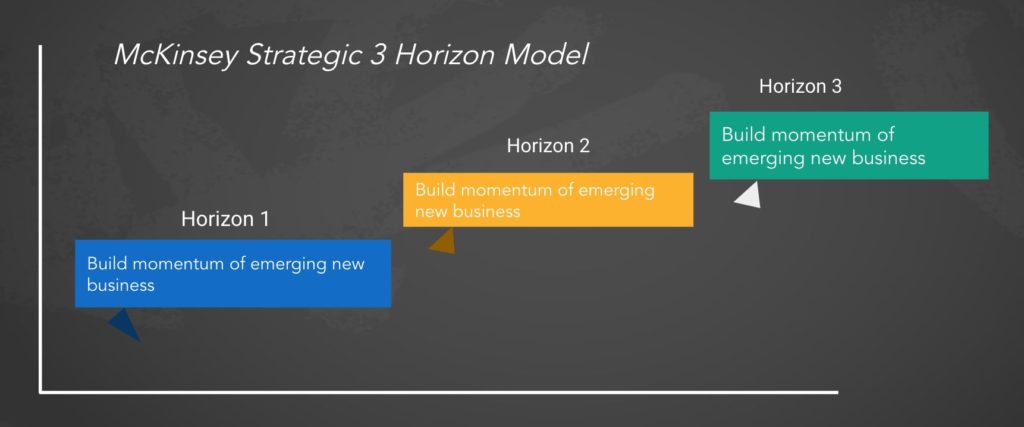The world of product management is competitive and in constant evolution. To succeed in this market, companies must adapt to changing market conditions fast.
As a result, these companies must employ more efficient and sustainable methods of providing value across various portfolios.
For those companies that have multiple products, agile portfolio management is the solution to delivering value at scale.
In this article, we break down a step-by-step approach to help product leaders maximize the potential of their teams and better manage Agile portfolios.
To learn more via video, watch below. Otherwise, skip ahead.
3 Key Insights on how to Manage Agile Portfolios
There are thirteen steps that are key to follow when managing an agile portfolio.
Let’s break each one down one by one.
1. Continuous Planning & Portfolio Prioritizing
An organization’s portfolio consists of its current and prospective initiatives and projects. Given the constant influx of these projects, Agile portfolio management veers away from traditional top-down planning since it adopts a more short-term and iterative process.

It is therefore important that companies maintain a meticulous approach to selecting portfolios that provide the most value and prioritize them with this in mind. In order to determine the value of a given project, the organization must apply the concept of rapid experimentation. This involves the fast-track gathering of data prior to making any commitments.
The continuous validation of the portfolio allows for long-term Agile planning and facilitates the use of teams working together and communicating to make quick adjustments when necessary. In this way, the allocation of resources, its workload, and the timing of its execution remain flexible. This flexibility guarantees that project deliverables have value and also provides insight into the company’s progress in relation to business strategy and objectives.
2. Scaled Transparency
In today’s business environment, creating transparency is fundamental within the portfolio and the overall project management process. Under the traditional business structure, portfolio and project managers emphasize the provision of detailed status reports. The downside to this practice is the expense of valuable time and the possibility of inaccurate reporting. This is due to the inherent flaw seen in the estimations on which they are reliant.
In contrast, Agile portfolio management favors communication across the portfolio. The team shares knowledge throughout various teams which foster transparency and progress in overcoming hindrances to the project. This cultivates mutual respect and shared purpose among teammates and coworkers, which in turn yields higher-quality results and faster problem-solving.
In an effort to create this shared understanding of the portfolio, project and portfolio managers utilize connected visual boards which outline proposals for several projects. The intent is to generate an open environment where the relevant teams monitor the status of a particular project and in doing so, reduce the need for detailed reports.
Agile also prioritizes high-level conjectures of project plans which the teams refine in a gradual manner. This retains the flexibility to update the plans by taking actual data into consideration.
3. Strategic Alignment & Execution
Having to align project execution with business goals is vital to effective portfolio management.

Agile organizations emphasize recurrent feedback loops that exist among management and teams alike. The main purpose is the creation of a productivity network centered on brief planning and learning cycles that permit the review of strategy, project risks, and delivery proficiency. This network allows the company to adapt to major changes and shift operations toward those which take precedence.
When considering a portfolio, the organization prioritizes each project or initiative in accordance with how they align with business strategy and customer value. If not, the company has the option to either eliminate or invest in new initiatives. The primary takeaway is the optimization of resources in order to meet demand and the knowledge that there is also scope to reprioritize in the event of poor performance.
Additional Tips for Agile Portfolio Management
Although the three strategies we discussed help establish the overall framework for managing an agile portfolio, there following are additional elements to consider.
Let’s take a look at each one in more detail.
Define Prospective Value
Portfolio and product management teams must work in tandem to pinpoint new ideas and products for development.
Examine business strategy and competitors to get an understanding of how your product differs from what’s on the market. Get feedback from current clients to find out how to enhance their product experience. Consider using focus groups to envision the potential needs of the target audience.
Evaluate Prospective Ventures
The agile portfolio management team must invest time into assessing market scope as well as the return on investment (ROI) by way of small experimentation.
Not only does this encourage a culture of innovation, but it also allows your company to pursue new avenues for revenue growth and business development.
Prioritize Ventures
In an effort to allocate business funds in an efficient manner, agile companies prioritize prospective ventures by investing in those which are important and have the potential to yield the best results.
When doing so, it is important to consider the business strategy, deadlines, dependencies, and possible risks.
Budget for the Portfolio
Portfolio managers work in conjunction with the financial department of the company to manage portfolio budgets. In traditional practices, companies adhere to the annual budgets which have the tendency to culminate in notable overhead costs and increased risk.
Agile budgeting practices reduce these outcomes by funding specific team initiatives as opposed to entire projects.
Finance Ventures
Given that the distribution of funds within an agile work environment centers on individual projects, the funding process requires constant surveillance. Failure to do so results in expenditure wastage. Typical financing ventures are inclusive of startup costs, construction, transition, and operating costs.
Hire the Right People
Within the agile framework, each project management team has sufficient resources whether it be finances or personnel. This ensures that your team consists of skilled individuals with the capacity necessary to execute their duties.
Manage Portfolio Flow
Agile organizations manage the flow of projects from conceptualization to materialization. To this end, it is necessary to limit projects which occur at the same time. This guarantees that teams don’t feel overwhelmed and maintain their capacity to meet the incoming demand.
Continuous Portfolio Review
Appraising the portfolio on a regular basis is vital to business agility. It encompasses auditing the status of ongoing projects, products, or services. It also encourages input from management and teams at all levels within the organizational spectrum.
Continuous Improvement
Agile governance promotes the collection and analysis of data to facilitate continual improvement.
To do so, agile teams must monitor the status of projects within the portfolio and their projected completion dates. This is advantageous to the team only in terms of studying trends and identifying product deviations, but also in terms of making the requisite alterations.
Agile Portfolio Management: Key Takeaways
Disciplined agile portfolio management provides an alternative to traditional portfolio management.
Agile companies are those who utilize the agile principles of aligning strategy, scaling transparency, continuous planning, and prioritization for their portfolios.
Agile culture is a transformative process that advances value-based delivery through iterative funding and feedback loops, optimizing resources, and managing portfolio flow with the use of assigned teams.
Introducing agile portfolio management to the enterprise is catalytic to business success, given today’s rapidly changing market conditions.
